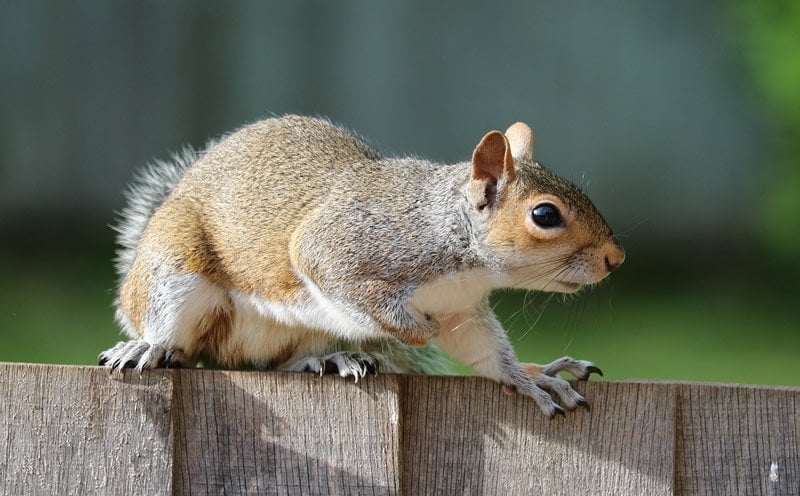Summary: Gray squirrels who have a preference for using either their right or left paw perform worse on learning tasks.
Source: University of Exeter
Squirrels that strongly favor their left or right side are less good at learning, new research suggests.
Just as humans are usually left- or right-handed, many animals favor one side of their body for certain tasks.
The strength of this preference varies, with some individuals happy to use either side, while others strongly favor one side (known as being strongly “lateralized”).
The University of Exeter study found that grey squirrels who strongly favored a side did less well on a learning task. They had to learn to use a paw, rather than their mouth, to get nuts.
“It has been suggested that being strongly lateralized makes brains more efficient, with each hemisphere focussing on different tasks,” said Dr. Lisa Leaver.
“This could help animals survive, which would explain the evolution of laterality across the animal kingdom.”
“In fish and birds, there is evidence that being strongly lateralized is linked to better cognitive performance (brain function).”
“However, limited data from studies of mammals suggest a weak or even negative relationship.”
“Our study measured the speed of learning among grey squirrels and, in line with these previous mammal studies, suggests that strong lateralization is linked to poor cognitive performance.”
In the study, wild grey squirrels on the University of Exeter’s Streatham Campus were presented with a transparent tube containing peanuts.

Squirrels usually collect food with their mouths, but the tube was too narrow to allow this – so they had to learn to use a paw.
By measuring both how quickly squirrels learned and how strongly they favored a particular paw, the researchers could assess both learning and laterality.
More than 30 squirrels were observed, with 12 providing enough data for inclusion in the study.
The relationship between laterality and human cognitive performance is still unclear, though some research has suggested that less lateralized (ie more ambidextrous) people may be more creative.
“More research on mammals is needed to understand the complex relationship between laterality and cognitive performance,” Dr. Leaver said.
Dr. Leaver is program director of Exeter’s MSc Animal Behaviour course.
Source:
University of Exeter
Media Contacts:
Alex Morrison – University of Exeter
Image Source:
The image is in the public domain.
Original Research: The study will appear in Learning and Behavior.






